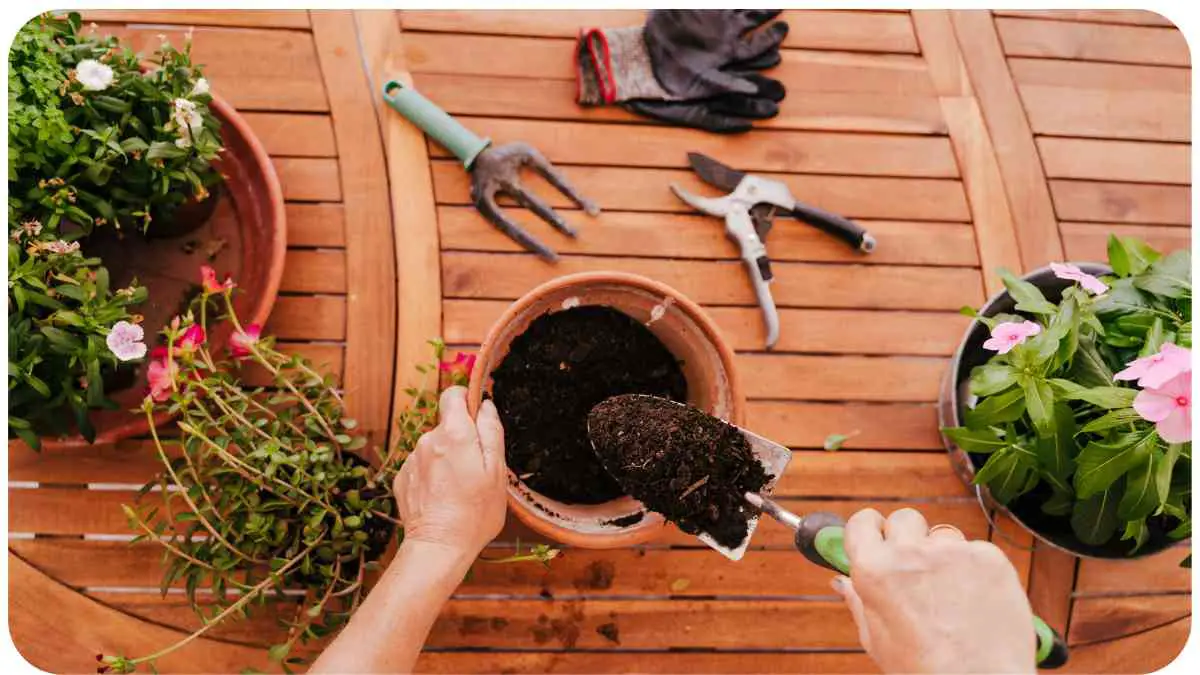If you’re an avid gardener, you know that fresh potting soil is essential for plant health. But after a few seasons, the soil starts to lose its nutrients and structure. The result? Unhappy plants. So, why should you get rid of old potting soil? It’s simple: plants need a strong foundation to thrive, and potting soil that’s past its prime won’t provide that. Just like a car running on empty, your plants will struggle without the proper nutrients!
Potting soil isn’t designed to last forever. It becomes compacted, loses its ability to drain well, and can harbor pests or diseases. These are just a few signs it’s time to say goodbye to your old soil.
| Takeaways |
|---|
| Old potting soil can be reused if properly amended or composted. |
| Avoid reusing soil from diseased plants to prevent spreading infections. |
| Proper storage in a cool, dry place can extend the lifespan of potting soil. |
| Adding compost or organic matter can help rejuvenate old potting soil. |
| Repurposing old potting soil as mulch or in raised beds is an eco-friendly option. |
| Disposing of potting soil responsibly helps prevent environmental damage. |
Signs It’s Time to Replace Potting Soil
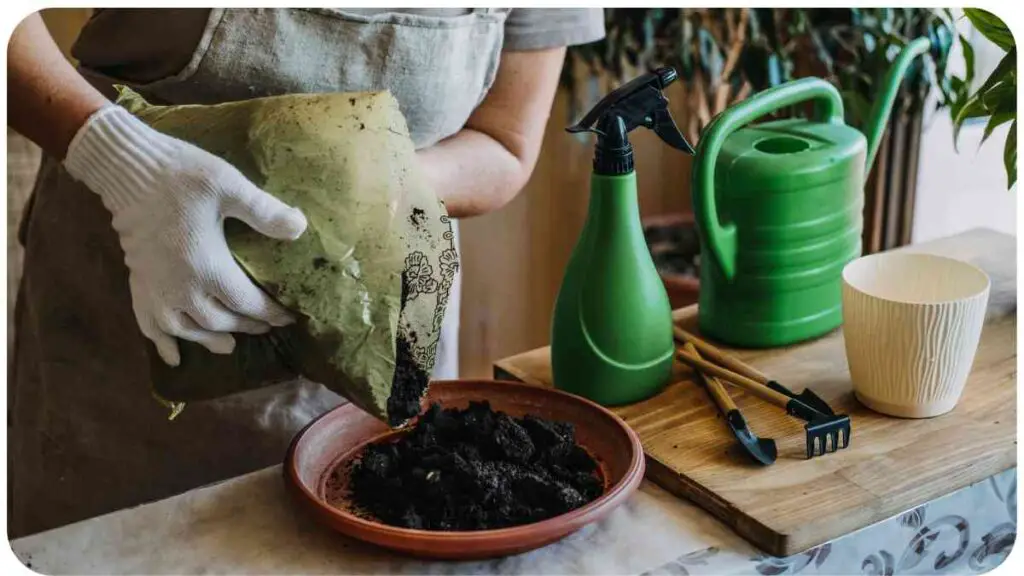
Wondering if your potting soil has reached the end of its life? Here are some clear indicators:
- Lack of drainage: Water pools on the surface.
- Discolored or faded appearance: The soil looks grey and lifeless.
- Presence of mold or pests: Fungus gnats love decaying organic matter.
- Poor plant growth: Your plants just aren’t thriving.
When planning a backyard garden, the right tools can make all the difference. For a successful gardening project, it’s important to choose the right materials to ensure everything grows efficiently and beautifully.
Table 1: Signs Your Potting Soil Needs Replacing
| Sign | Description |
|---|---|
| Water pools on top | Indicates poor drainage due to compacted soil |
| Discolored soil | Faded or grey soil means it’s lost nutrients |
| Mold or pests present | Fungal growth and insect infestations are red flags |
| Slow plant growth | Plants may not grow well in nutrient-depleted soil |
Why You Can’t Reuse Potting Soil Forever
It’s tempting to reuse potting soil to save money, but reusing it without rejuvenation can backfire. Over time, essential nutrients like nitrogen, phosphorus, and potassium are depleted. This leads to poor plant health and weak growth. Think of it like reusing the same tea bag over and over it just won’t pack the same punch!
Additionally, potting soil compacts over time, losing its airy structure. Plants need loose, well-draining soil for their roots to breathe. Compact soil can suffocate roots and make it harder for them to take up water and nutrients.
How to Properly Dispose of Old Potting Soil
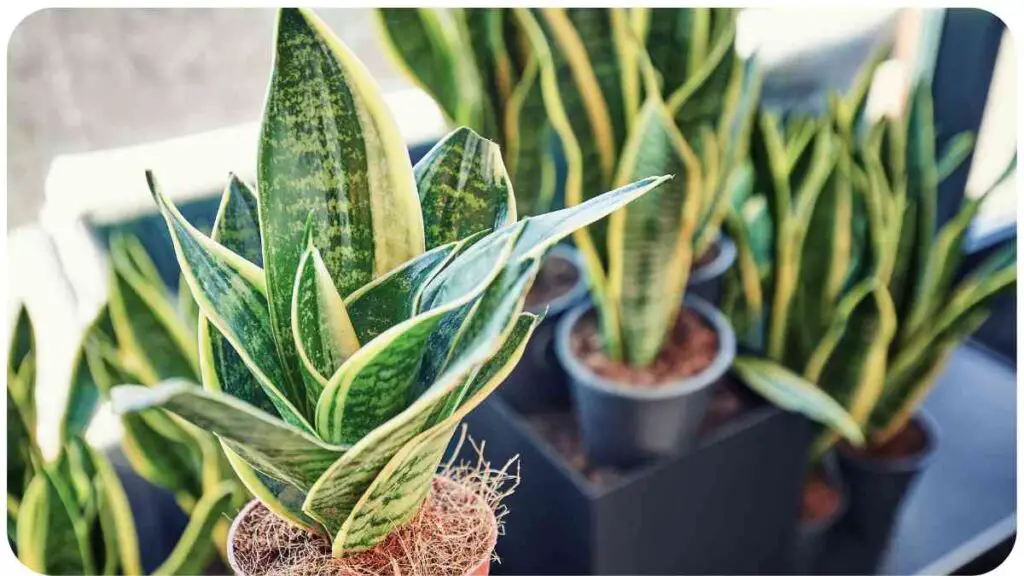
Not sure what to do with old soil? Don’t worry; you have options! The first step is to make sure you’re disposing of it responsibly. Dumping it in your garden waste bin isn’t the best solution especially since potting soil can be full of synthetic additives.
Creating a cozy outdoor area is easier than you think. An essential part of this process is understanding how to set up your patio for comfort and style that will elevate your space.
Composting Potting Soil
One of the best ways to get rid of old potting soil is by composting it. By mixing it into your compost pile, you’ll allow the organic material to break down and recycle nutrients into new soil.
Table 2: Composting Potting Soil – Do’s and Don’ts
| Do’s | Don’ts |
|---|---|
| Mix with other organic matter | Add soil with pest infestations |
| Turn the compost regularly | Use chemical-laden soil in compost |
| Add moisture as needed | Compost solely potting soil |
Recycling Potting Soil
If you don’t have a compost pile, you can look into local recycling programs. Many garden centers or community recycling programs will take old potting soil to repurpose it.
How to Rejuvenate Old Potting Soil
Rather than getting rid of potting soil entirely, you can give it a new lease on life by rejuvenating it! Adding amendments like fresh compost, organic fertilizers, and perlite can help revive the soil.
Your backyard can be a peaceful retreat with just a few adjustments. Building a backyard waterfall is one of the best ways to add both beauty and tranquility to your space.
Amendments You Can Add to Refresh Soil
Here are some common soil amendments that can breathe life back into your tired potting mix:
- Compost: Adds essential nutrients and improves structure.
- Perlite or sand: Increases drainage and aeration.
- Organic fertilizer: Boosts nutrient content.
Step-by-Step Guide to Rejuvenating Soil
- Remove old plant roots: Clear out any dead plant matter.
- Mix in fresh compost: Add 20-30% compost to replenish nutrients.
- Improve aeration: Add perlite or sand for better drainage.
- Test the soil: Check pH levels to ensure it’s suitable for your plants.
Common Mistakes When Disposing of Potting Soil
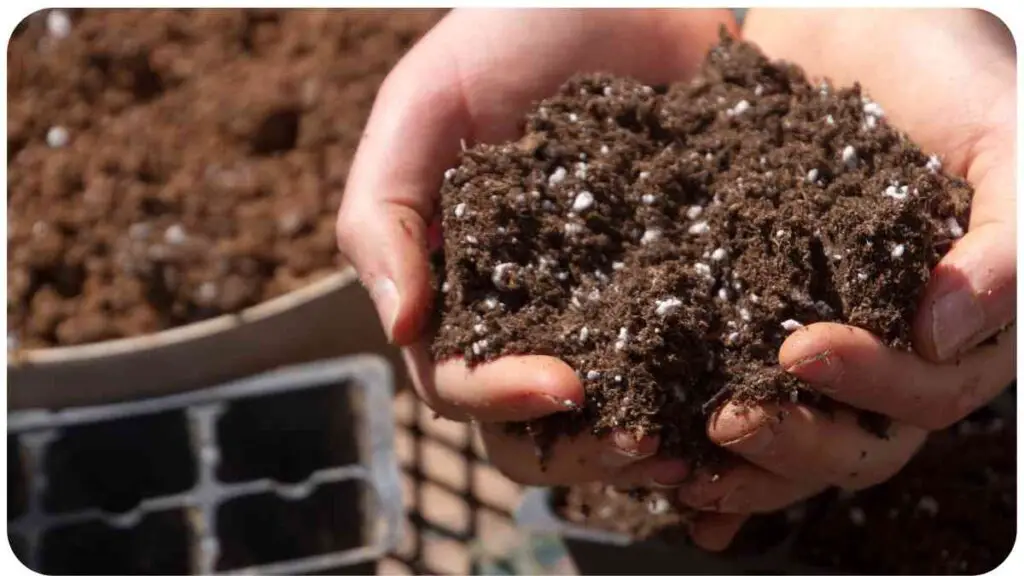
Disposing of potting soil improperly can have negative environmental consequences. For instance, dumping old soil in your yard or garden might seem harmless, but if it contains pests, diseases, or synthetic fertilizers, it can harm your plants and soil ecosystem. One common mistake is tossing it in the trash, where it will end up in a landfill, potentially causing contamination.
Here’s a quick list of mistakes to avoid:
- Dumping in your garden: Unless you’ve treated the soil, you risk spreading diseases.
- Throwing it in the trash: This leads to unnecessary landfill waste.
- Using in indoor plants: Reusing old potting soil indoors can introduce pests.
Environmental Impact of Improper Disposal
Improper disposal of potting soil, especially when it contains synthetic fertilizers, chemicals, or pesticides, can contribute to soil and water pollution. When dumped carelessly, these materials can leach into the surrounding soil, contaminating local water sources. Additionally, compacted potting soil that ends up in landfills contributes to methane emissions due to improper aeration in landfills.
It’s crucial to dispose of your old soil responsibly, whether through composting or recycling. By taking the right steps, you’re not only keeping your plants healthy but also contributing to a cleaner environment!
When it comes to backyard entertainment, nothing beats the feeling of a cozy fire. Consider setting up a backyard firepit for a great place to gather with family and friends.
Can You Use Potting Soil in the Garden?
You might wonder if old potting soil can be used in your outdoor garden. The answer is yes—if it’s properly amended. Old potting soil lacks the nutrients your garden plants need, but with some rejuvenation, it can be beneficial. However, be cautious if the soil has signs of pests, diseases, or mold.
For best results, mix it with garden soil or compost. This way, you’re creating a balanced medium that both your garden plants and the environment will appreciate.
Repurposing Old Potting Soil
If you’re looking for creative ways to use old potting soil, here are a couple of ideas to breathe new life into it:
Using Potting Soil as Mulch
Old potting soil can make excellent mulch for your garden beds. Spread it over the topsoil, around your plants, and let it act as a protective layer. This helps retain moisture, suppress weeds, and slowly introduce nutrients as it breaks down.
Building your own backyard deck can offer the perfect space for relaxation and gatherings. Find out how to restore your deck so it stays functional and beautiful for years to come.
Creating Raised Beds with Old Potting Soil
Another fantastic way to repurpose your old soil is by using it in raised garden beds. If you’re starting a new bed, mixing old potting soil with fresh compost and topsoil can create a nutrient-rich environment perfect for growing vegetables or flowers.
Table 3: Repurposing Old Potting Soil
| Repurposing Method | Benefits |
|---|---|
| Mulch | Helps with moisture retention and weed suppression |
| Raised garden beds | Provides a nutrient-rich growing environment |
| Composting | Recycles nutrients back into usable soil |
| Base for new potting mix | Combines with fresh amendments to create a revitalized potting mix |
How to Store Unused Potting Soil
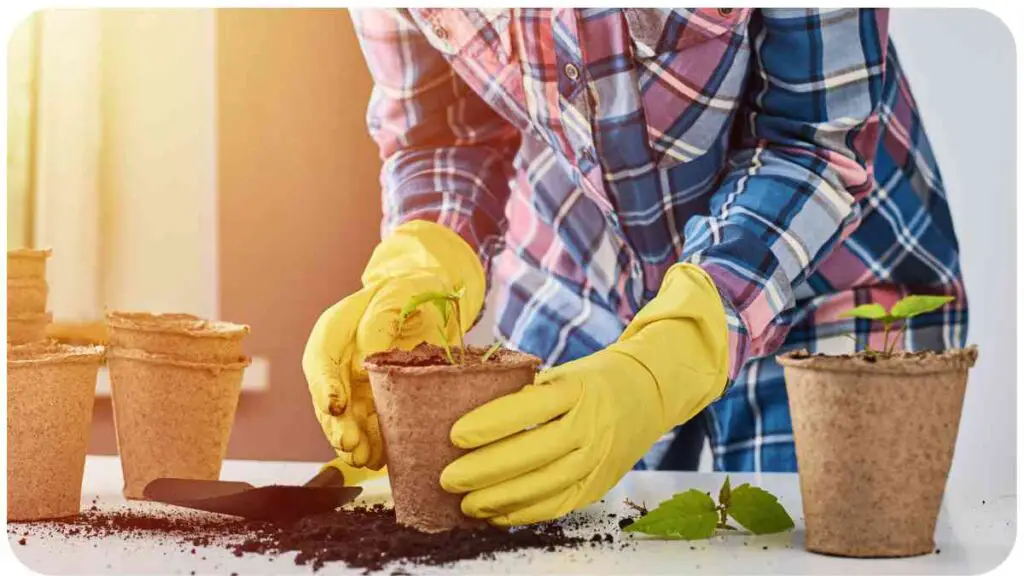
Sometimes you may find yourself with extra potting soil that hasn’t been used. To extend its life, proper storage is key.
Best Storage Conditions for Potting Soil
- Cool, dry location: Keep the soil in a cool and dry area like a garage or shed.
- Seal it tight: Store potting soil in an airtight container to prevent moisture and pests from getting in.
- Off the ground: Place the container on a shelf or pallet to prevent the soil from absorbing moisture from the ground.
Following these storage tips will help you preserve the soil’s quality and make it last for future planting seasons.
Health Risks of Using Expired Potting Soil
You might not realize it, but using old or expired potting soil can pose some health risks. Potting soil can harbor mold, fungi, or bacteria that can become harmful over time. If left in poor conditions, it may develop harmful pathogens, which can affect not only your plants but also your health, especially if you’re sensitive to mold or dust.
Here’s what to look out for:
- Mold growth: Potting soil left in humid conditions can grow mold, which can trigger allergies.
- Fungal infections: Certain fungi can grow in old soil, posing a risk to your plants.
- Dust particles: Old, dry soil can produce dust, irritating your lungs and skin.
Preventing Potting Soil from Expiring
While potting soil can’t last forever, there are ways to extend its lifespan and avoid the need for frequent disposal.
Tips for Extending Potting Soil Life
- Use airtight containers: Keep moisture and pests out.
- Store in a cool location: Heat and humidity can cause soil to degrade faster.
- Rotate your stock: Use older soil first before opening new bags.
- Add fresh compost or organic matter: Regularly rejuvenate old soil to keep it functional.
By following these tips, you can extend the life of your potting soil and save money in the long run.
Best Practices for Buying New Potting Soil
When the time comes to buy new potting soil, it’s important to choose high-quality soil that meets your plants’ needs. Cheap soil mixes often lack the nutrients and structure required for healthy plant growth. Look for potting soil that contains:
- Organic materials: These provide natural nutrients for your plants.
- Perlite or vermiculite: These help with aeration and drainage.
- Nutrient-rich additives: Make sure the soil contains a balanced mix of essential nutrients.
Table 4: Qualities to Look for in New Potting Soil
| Soil Quality | Benefits |
|---|---|
| Organic materials | Provides essential nutrients for plant growth |
| Perlite or vermiculite | Improves drainage and aeration |
| Balanced nutrient content | Supports healthy plant development |
Cost of Replacing Potting Soil
Replacing potting soil can add up, especially if you have a large garden or a lot of houseplants. On average, a quality bag of potting soil can cost anywhere from $5 to $15, depending on the brand and size. To save money, consider rejuvenating old soil or buying in bulk.
While the initial cost may seem high, investing in good-quality soil will lead to better plant health and reduce the need for frequent replacements.
Conclusion
Getting rid of old potting soil doesn’t have to be a chore. Whether you choose to compost, recycle, or rejuvenate it, you’re doing your part for the environment and your plants. Remember, fresh soil is the foundation of healthy plants, so don’t hesitate to replace it when needed. With proper storage and care, you can extend the life of your potting soil and keep your garden flourishing for years to come!
Further Reading
For more insights and tips on managing your potting soil, here are some valuable resources:
- Reusing Potting Soil: This article from Oklahoma State University provides expert advice on how to safely reuse potting soil and improve its quality for future use.
- Old Potting Soil: What to Do with It: Learn various creative and eco-friendly ways to repurpose your old potting soil from Horticulture Magazine.
- What to Do with Old Potting Soil: Go West Gardener offers practical tips on how to refresh and recycle your old potting soil, making it suitable for new plantings.
FAQs
What are the signs that potting soil has gone bad?
Potting soil that smells bad, has mold, or appears compacted and dry has likely gone bad. It may also show signs of pests or poor water retention.
Can I reuse potting soil from diseased plants?
No, reusing soil from diseased plants can spread infections to healthy plants. It’s better to discard it or sterilize it before reuse.
How long does potting soil last in storage?
Properly stored potting soil can last up to one year, especially if kept in a cool, dry place away from moisture and pests.
Is it safe to compost old potting soil?
Yes, old potting soil can be composted, especially if it’s free of chemicals and diseased plant material. Mixing it with organic matter can improve its quality.
How can I rejuvenate old potting soil?
You can rejuvenate old potting soil by adding compost, organic matter, or a balanced fertilizer. This will help restore its nutrient levels and improve its texture.

For 15 years, Hellen James has worked in the gardening industry as an expert and landscape designer. During her career, she has worked for a variety of businesses that specialize in landscaping and gardening from small firms to large corporations.

